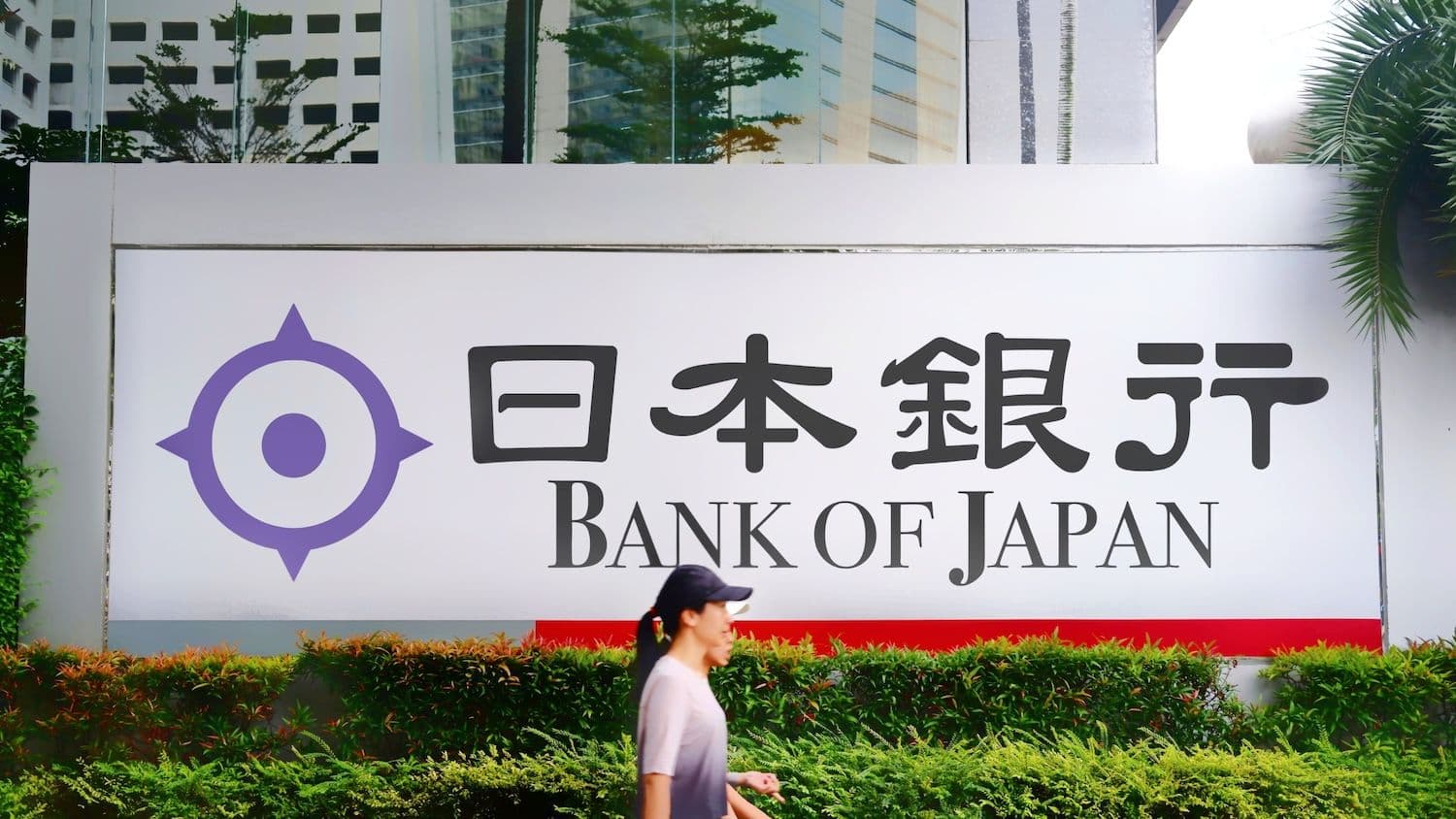$1 Million
GOAL
REACHEDPUBLIC
SALE
SOLD OUT






Recent News on Cryptocurrency, Blockchain, and Finance | Yellow.com
Explore the latest Web3 and blockchain developments, cryptocurrencies news, market updates, technology, trading, mining, and trends.
Coinbase CEO Stands By $1M Bitcoin Prediction Despite Current Market Crash
Armstrong points to Bitcoin's capped supply and rising demand as basis for his long-term forecast.
Alexey BondarevJan 21, 2026
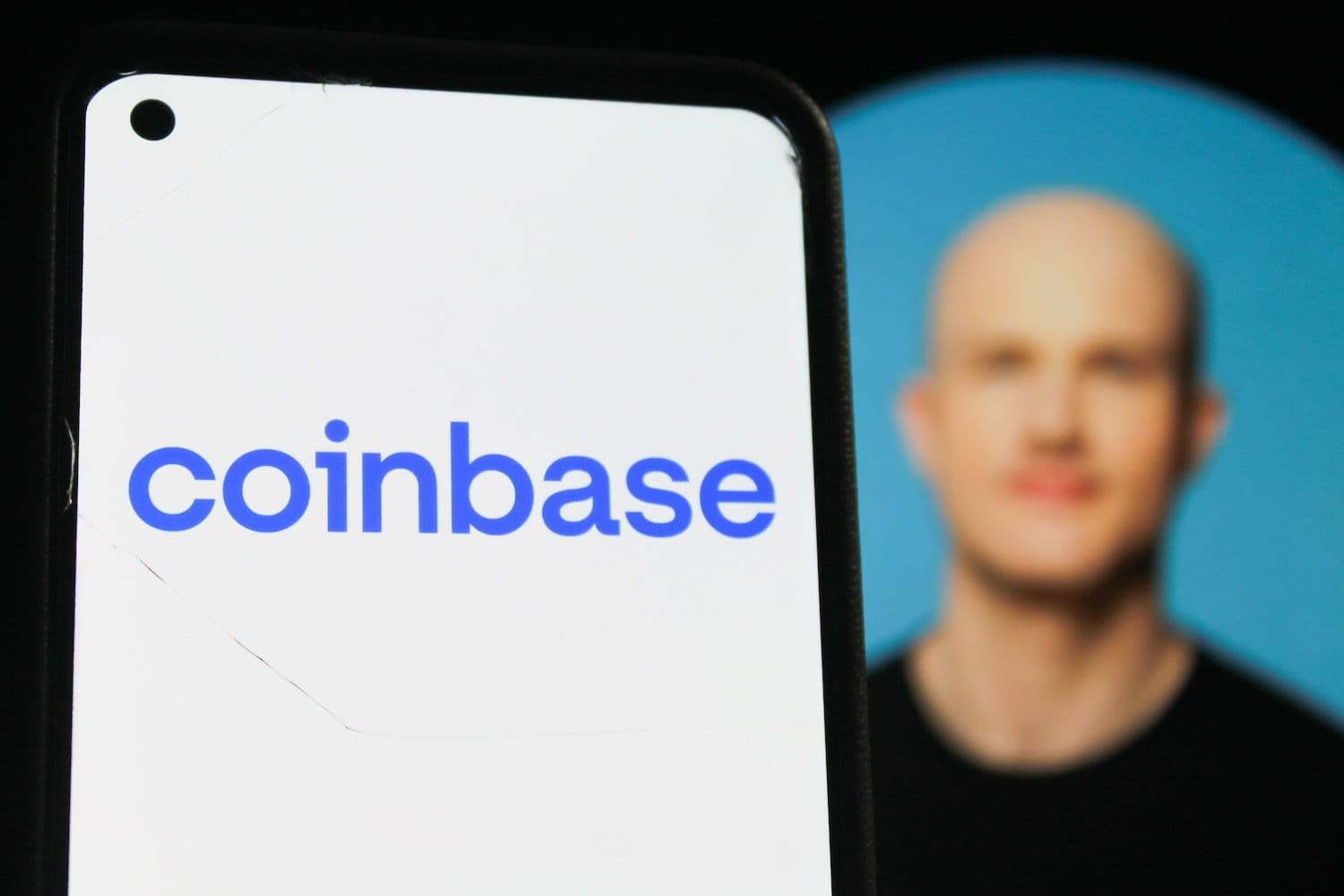
Dogecoin Technical Breakdown: $0.13 Resistance Blocks Recovery
Technical indicators show DOGE losing momentum as sellers push price toward critical support zones.
Alexey BondarevJan 21, 2026
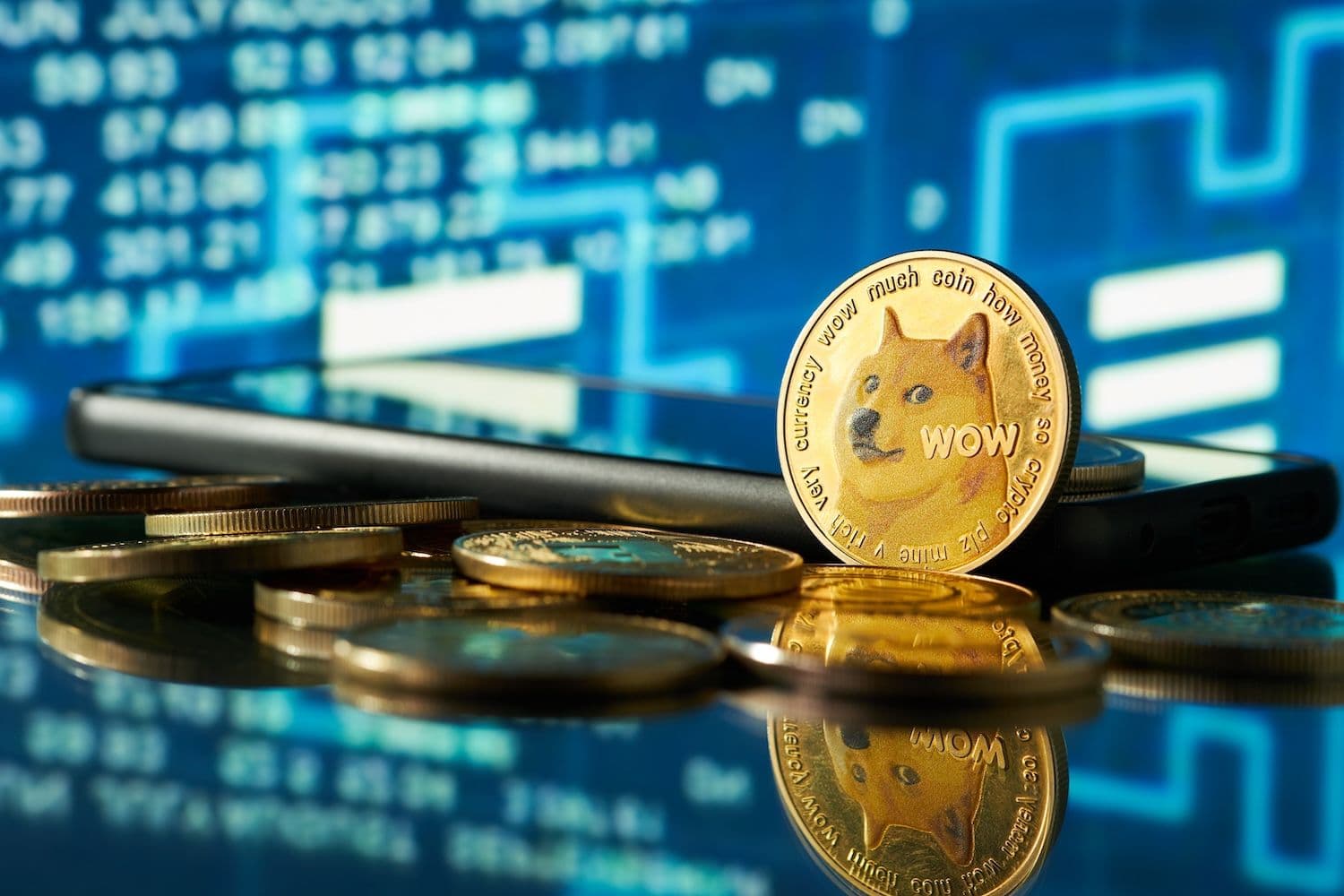
What Does $3,020 Resistance Mean For Ethereum's Next Move?
Technical indicators signal continued weakness as Ethereum consolidates below key moving average.
Alexey BondarevJan 21, 2026
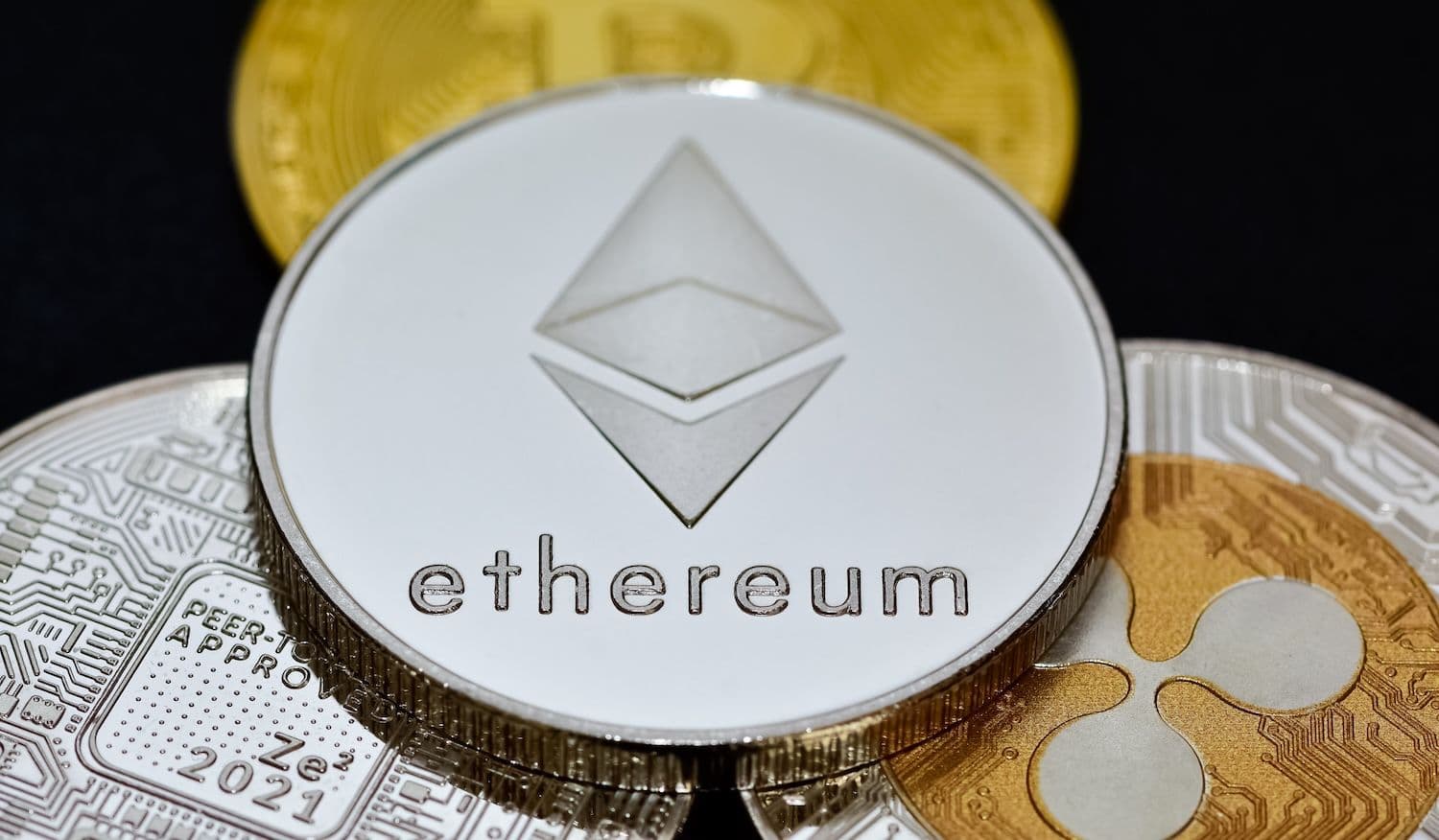
Bitcoin's Three-Week Rally Ends Amid Trump's Greenland Push, Tariff Threats
Bitcoin wiped out all January gains following Trump's Greenland acquisition push and European tariff threats.
Alexey BondarevJan 21, 2026
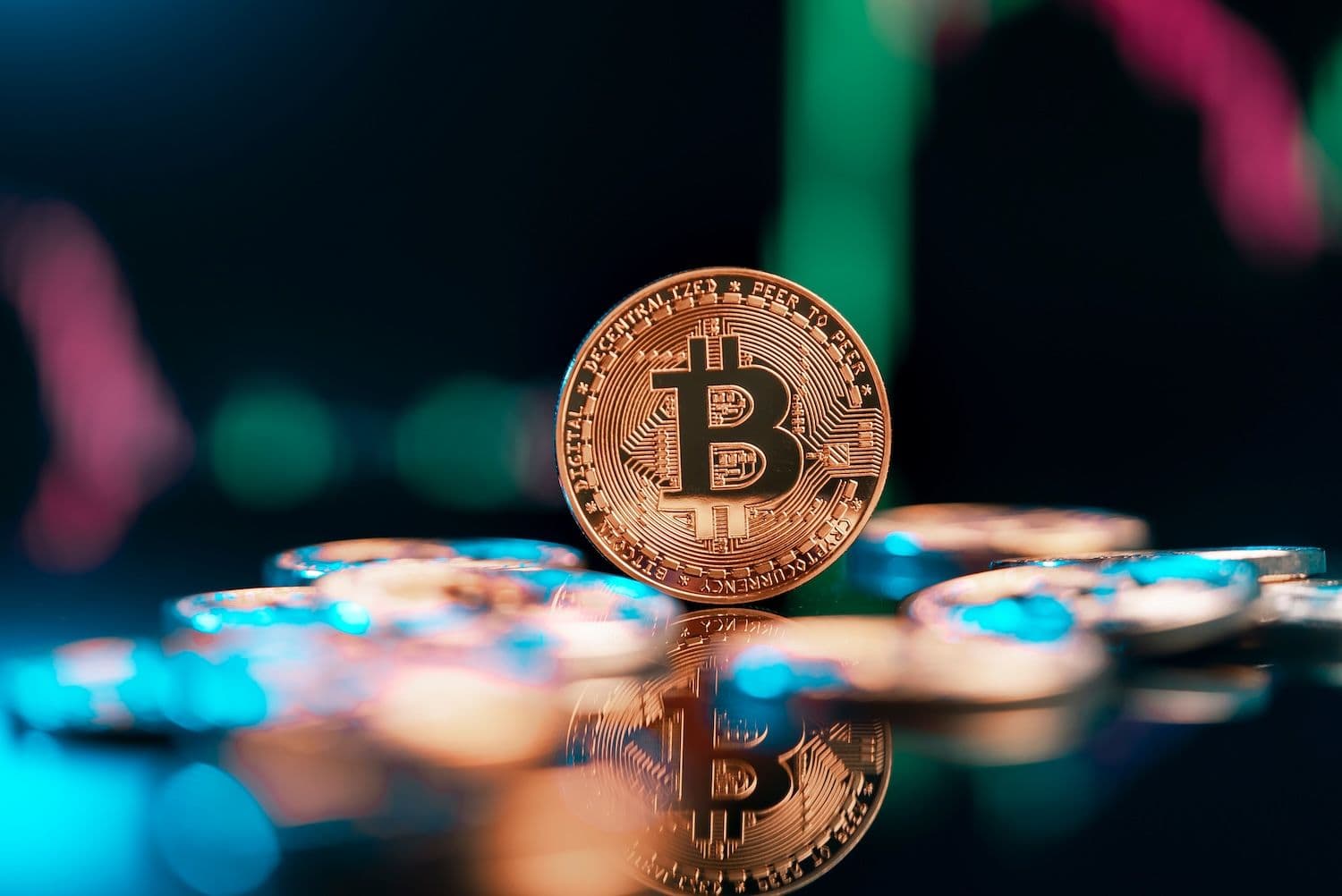
The One Signal Everyone Missed Before Bitcoin Crashed And Wiped Out Nearly $1B
Bitcoin dropped below $88,000 this week, driving weakness across top cryptocurrencies as geopolitical tensions and macroeconomic uncertainty press risk assets.
Murtuza MerchantJan 20, 2026
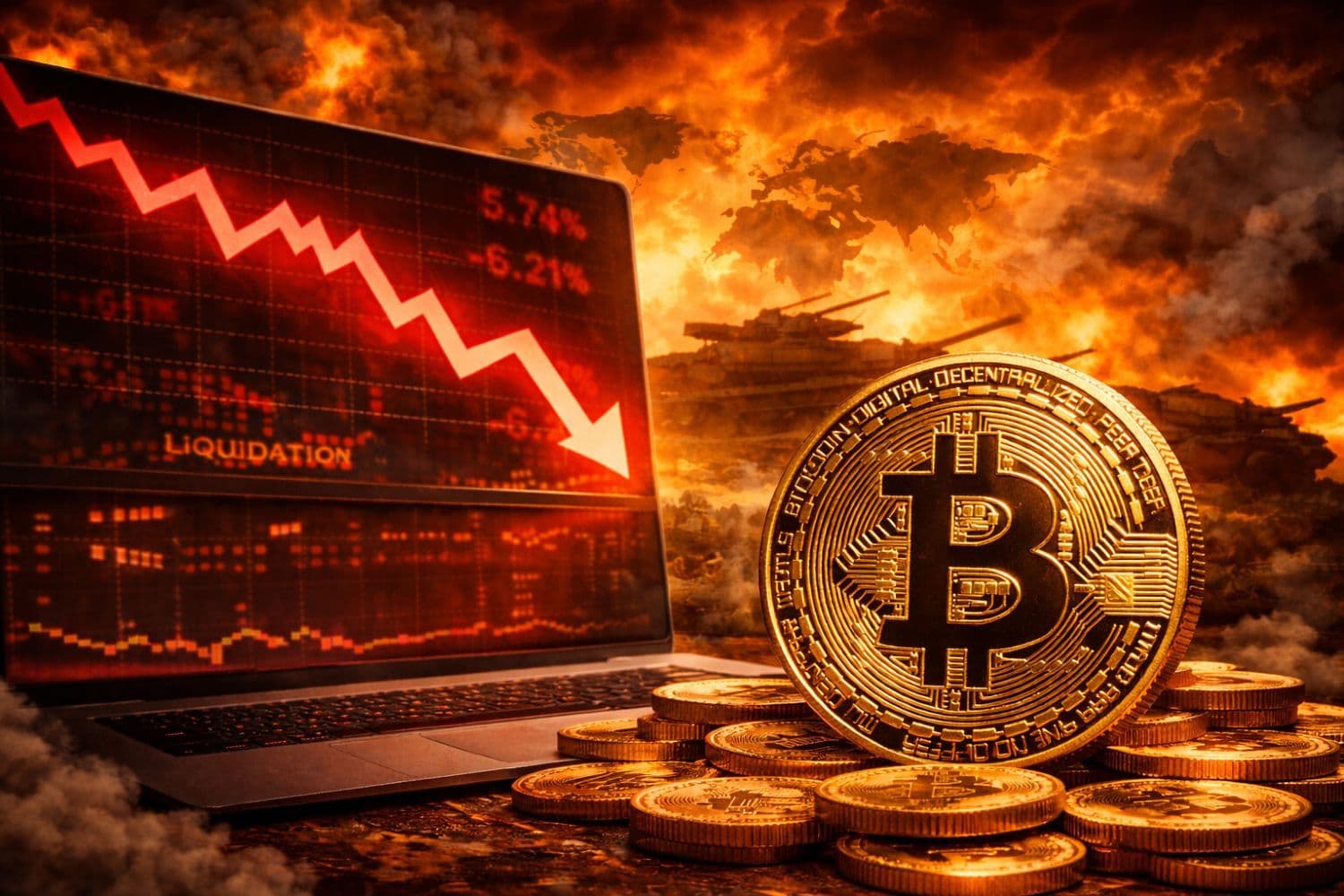
The Economist Who Sounded The Alarm Before 2008 Now Warns Of A Far Bigger Crisis
Economist Peter Schiff says a financial crisis worse than 2008 is approaching this year, as trade conflict and capital flight risks threaten U.S. markets.
Murtuza MerchantJan 20, 2026
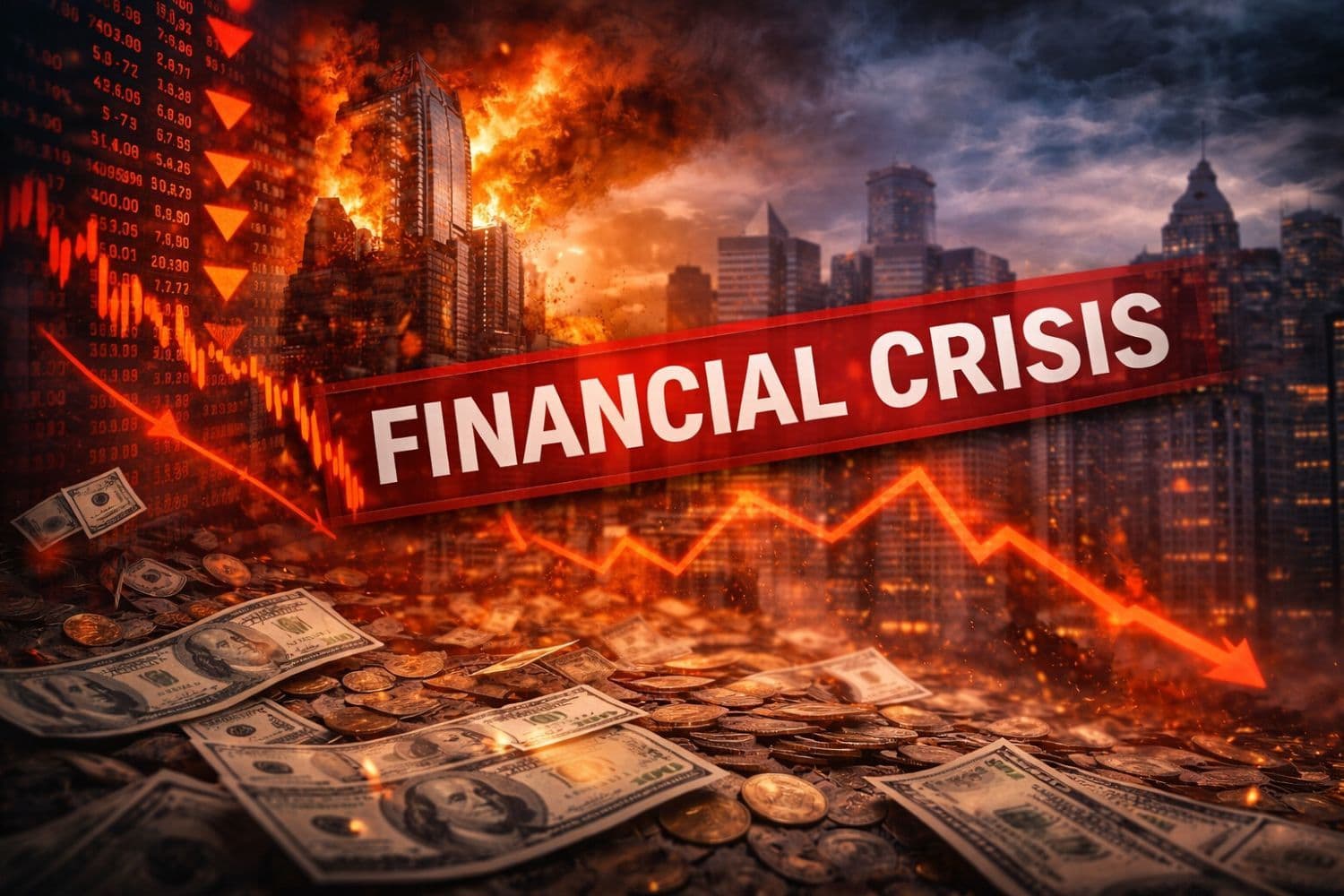
Dogecoin Foundation Unveils Gig Economy Payment App With "Hustles" Marketplace
House of Doge announces Such app with Hustles marketplace for gig workers to accept Dogecoin, targeting H1 2026 launch.
Kostiantyn TsentsuraJan 20, 2026
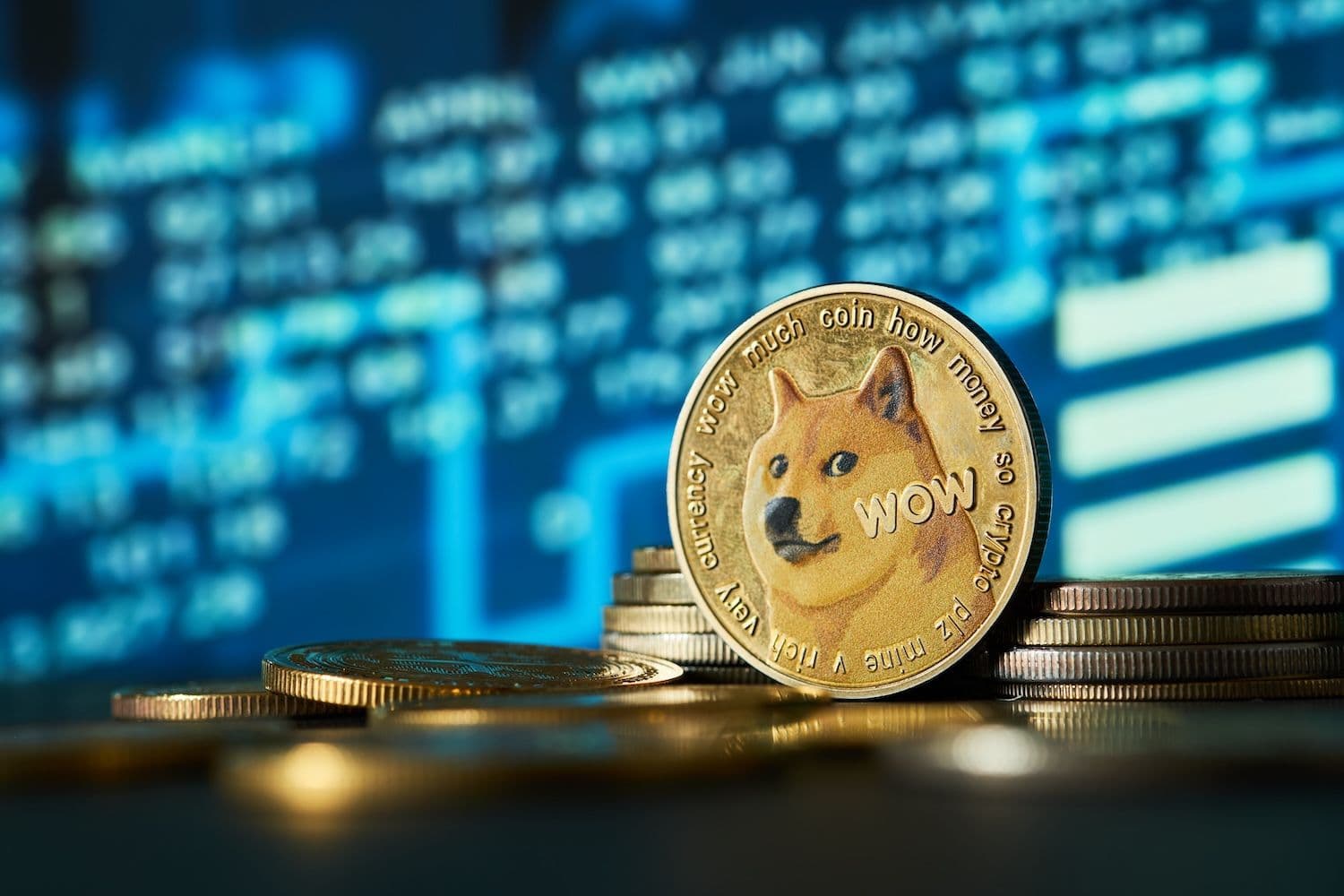
Ethereum DeFi Platform Loses $4.1M In Flash Loan Attack
Makina Finance lost $4.1M in flash loan exploit targeting DUSD-USDC pool, with MEV builder capturing most stolen funds.
Kostiantyn TsentsuraJan 20, 2026

Treasury Secretary Confirms U.S. Will Add All Seized Bitcoin to Digital Asset Reserve
Treasury Secretary Bessent confirms U.S. will retain all seized Bitcoin for strategic reserve, ending auctions.
Kostiantyn TsentsuraJan 20, 2026
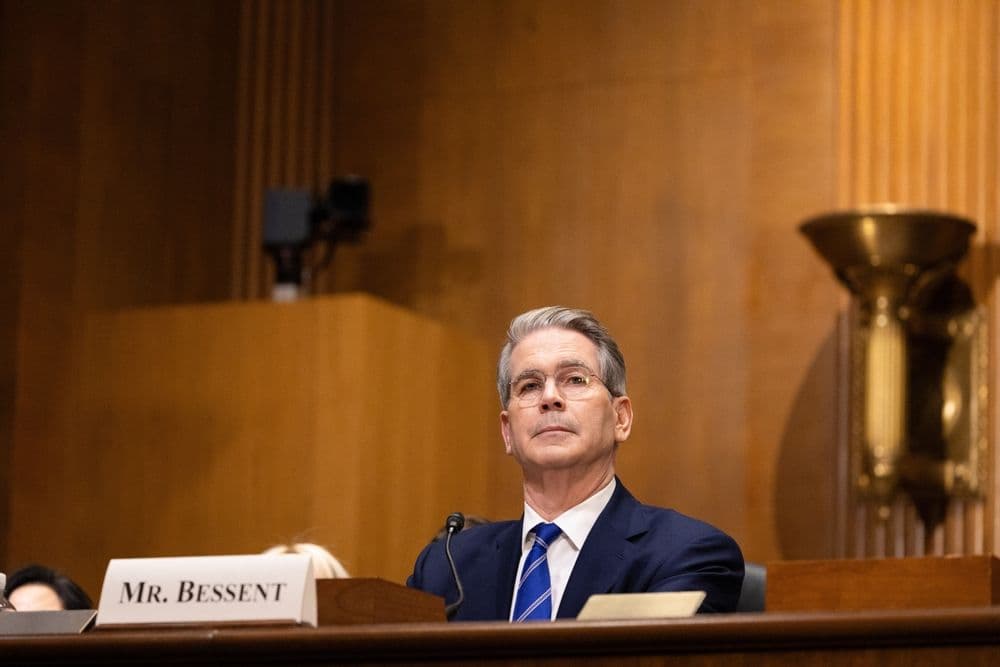
Japan Bond Yields Hit Multi-Decade Highs, Threatening Global Crypto Liquidity
Japan's 30-year bond yield hits 3.88%, threatening to drain global liquidity as yen carry trades unwind, pressuring Bitcoin.
Kostiantyn TsentsuraJan 20, 2026
